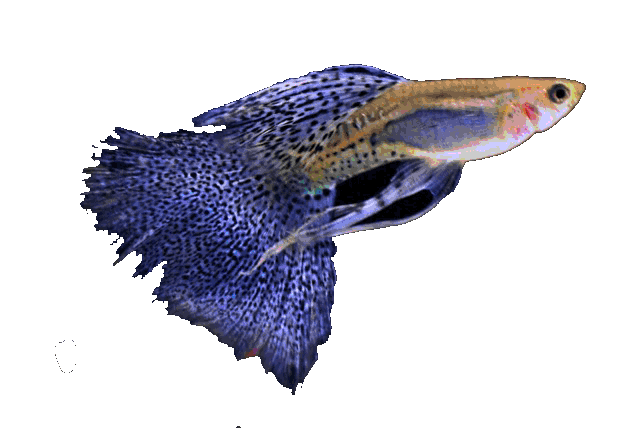



Kingdom: Animalia / animals
Trunk: Chordata / string players
Class: Actinopterygii / arthropods
Order: Cyprinodontiformes / Toothpicks
Family: Poeciliidae / live-bearing toothed carp
Genus: Xiphophorus
Species: Xiphophorus xiphidium (Gordon 1932)
Xiphophorus xiphidium
Basic data:
Scientific names: Xiphophorus xiphidium (Gordon 1932)
Interpretation of the words: ( xiphos = sword), (pherein = carrying), (xiph from xiphos = sword), (idium = reduced)
Slovenian name: ---
Group: Livebirds
Source: Central America ; northeast Mexico in the Rio Soto La Marina system, Rio Santa Engracia
Size: Males: 3 cm (without sword), females: 4 cm
Biotope / Habitat : Ponds, ditches, swamps and slow-flowing waters in Mexico. (on the Atlantic side)
Social behavior: Males slightly territorial, non-aggressive towards other residents, slightly shy.
Diet: Omnivore (worms, insects, insect larvae, crustaceans, flakes, algae, dry food, ...)
Growing: Resistant, requires a lot of space, proper water conditions and good nutrition
Aquarium: Minimum 60 liters, preferably more
Population: 2 males to 5-6 females
Decoration: Dense planting (umbrella plants), stones and gravel
Temperature: 18-25 ° C (23), tolerates from 16 to 30 ° C
pH: 7-8.2
Hardness: from 10 ° dGh to 25 ° dGh
Lifespan: up to 3 years, males generally less
Synonyms
Platypoecilus xiphidium - Meek, 1904.
Platypoecilus maculatus - 1913.
Platypoecilius variatus -1932.
Xiphophorus variatus xiphidium - 1960
Cultivation
The water should be around 23 ° C, occasional slow fluctuations are not a problem. It likes clean, basic and hard water with a lot of dissolved minerals, but otherwise it is quite flexible and insensitive. Equip the aquarium with a darker base, rocks and some root, plant area and what floating plants are welcome. It needs quality biological filtration with a gentle flow and water full of oxygen. 20% water change weekly
The fish feels best in the company of other live animals, but be careful - do not have it with other fish of its genus, otherwise they cross quickly. In the company of fish from all winds, fish are under constant stress and never show their natural behavior.
Food
You should have quality live, frozen or lyophilized food, as well as enough algae.
Reproduction
Reproduction is characteristic of the family Poeciliidae . Males are constantly competing with each other, but breeding is best with a single dominant male and a group of females in the aquarium, with a large amount plants and hiding places. The female's pregnancy lasts from 4-6 weeks, and there are from 5 to 40 pups in the litter. The size of the young is about 5 mm. If adults are fed enough, they rarely eat their young, especially if they have a place to hide. The young are best fed with Artemia nauplii, they also take all other small enough food.
Description of fish
The basic body color of males is greenish brown at the top and white on the abdomen, and when they reach sexual maturity, they begin to develop full color. This can be quite variable and well-colored specimens will have their basic body color covered with purple. In nature, there are several varieties of this fish, they differ in the color of the tail root, it can be one larger dot, two dots or a spot in the shape of the moon. Females are larger than males, with clearly visible (3-5) transverse black lines on the side of the body, and a small sword only a few millimeters long. The female has one dark line along the body that runs from the middle of the body to the tail. The dorsal and caudal fins contain shades of yellow. All other fins are pale yellow to translucent.
Interesting
Young males are very similar to females because they also have a “pregnant point”. Fully developed adult alpha males are very attractive fish with their tiger pattern. There are hybrids among other species in the family, some are beautifully colored and attractive, but these fish should not be.
Hmmm ... name - flame .. momentary flash.
Zanimivost
Mladi samci so zelo podobni samicam, ker imajo tudi "gravidno točko". Popolnoma razviti odrasli alfa samci so zelo privlačne ribe s svojim tigrastim vzorcem. Obstajajo hibridi med drugimi vrstami iz družine, nekateri so lepo obarvani in privlačni, a teh rib ne bi smelo biti.
Hmmm... ime - plameček .. trenutni preblisk.
An example of the habitat of a species



